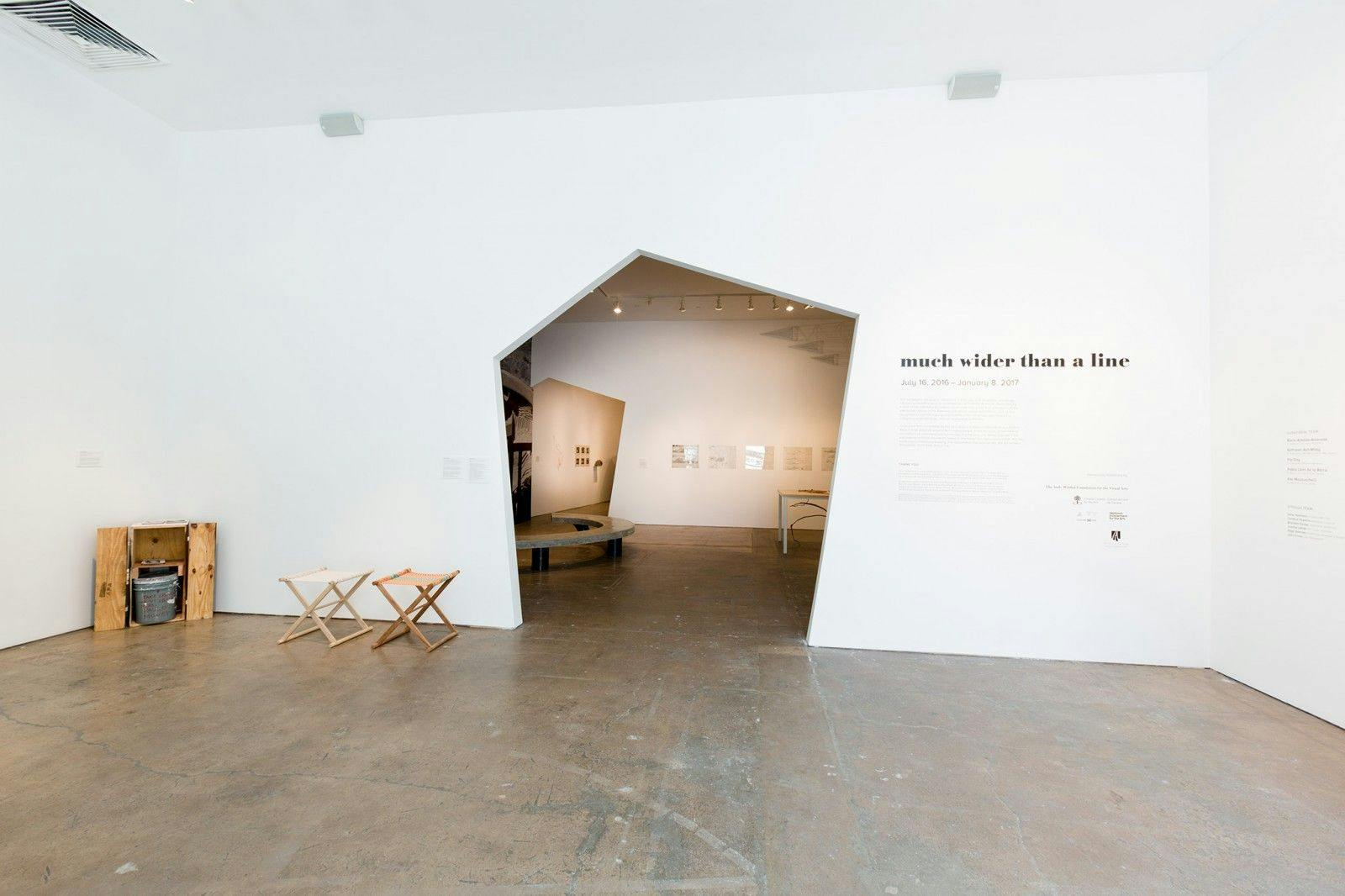Xenobia Bailey
Sistah Paradise's Revival Tent is a long-term project in which Xenobia Bailey addresses aspects of vernacular African-American history and culture. The revival, or missionary, tent originated in rural parts of the United States, particularly the South, where people once had limited access to social gatherings. Traveling evangelical ministries historically used these tents to engage ever-larger audiences. Bailey's work pays homage to these informal public gathering spaces and to the positive energy that has resonated from them throughout history. Creating her own version of myth and origins, the artist conjures the figure of Sistah Paradise as the ultimate healer-as well as a wizard in the aesthetic of funk-giving a feminist-inflected sense of being and place to African Americans within their own history.
Though Bailey began by studying sculpture, she switched from wood to yarn after learning to crochet, largely because of her interest in using ordinary, avail-able, and affordable materials that reflect African-American popular culture. When in the 1980s she began crocheting objects as sculptures, they were large mandala-shaped works made from colorful, concentric circles; the form persists here as a backdrop for the revival tent.
Bailey's aesthetic comes from the "making something from nothing" sensibility that has been associated with the legacy of slavery. From the depths of humble materials, and through the work of the hands, a powerful form can be fabricated. Bailey's interest in funk was a product of growing up in the 1960s, and its influence is evident in her works' vibrations of color and rhythm and their reference to the shape of vinyl records. In addition to being inspired by African-American history and funk, the artist acknowledges the importance of Native-American and Asian influences, which inform both the colors and forms of her work.
- Rocío Aranda-Alvarado
